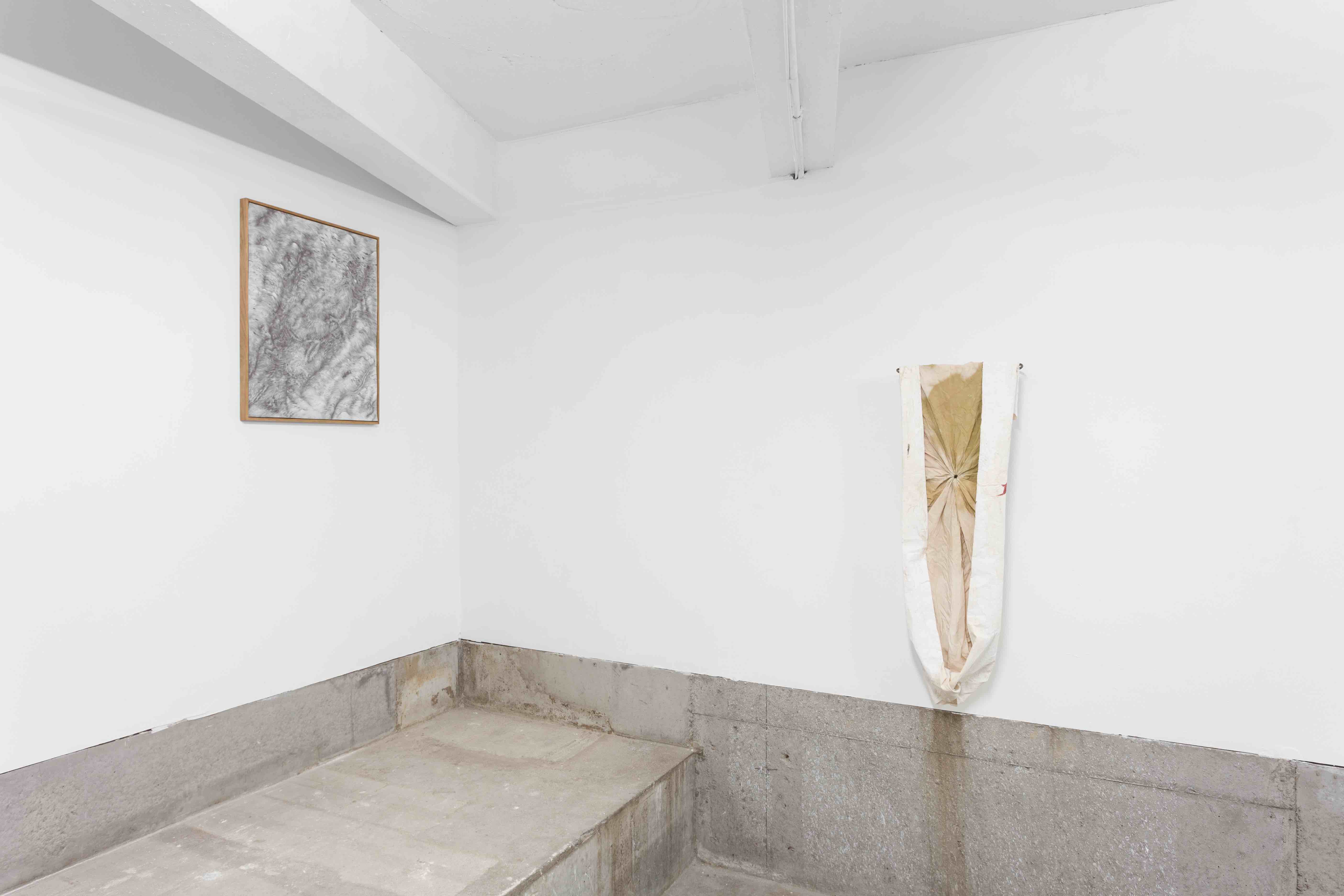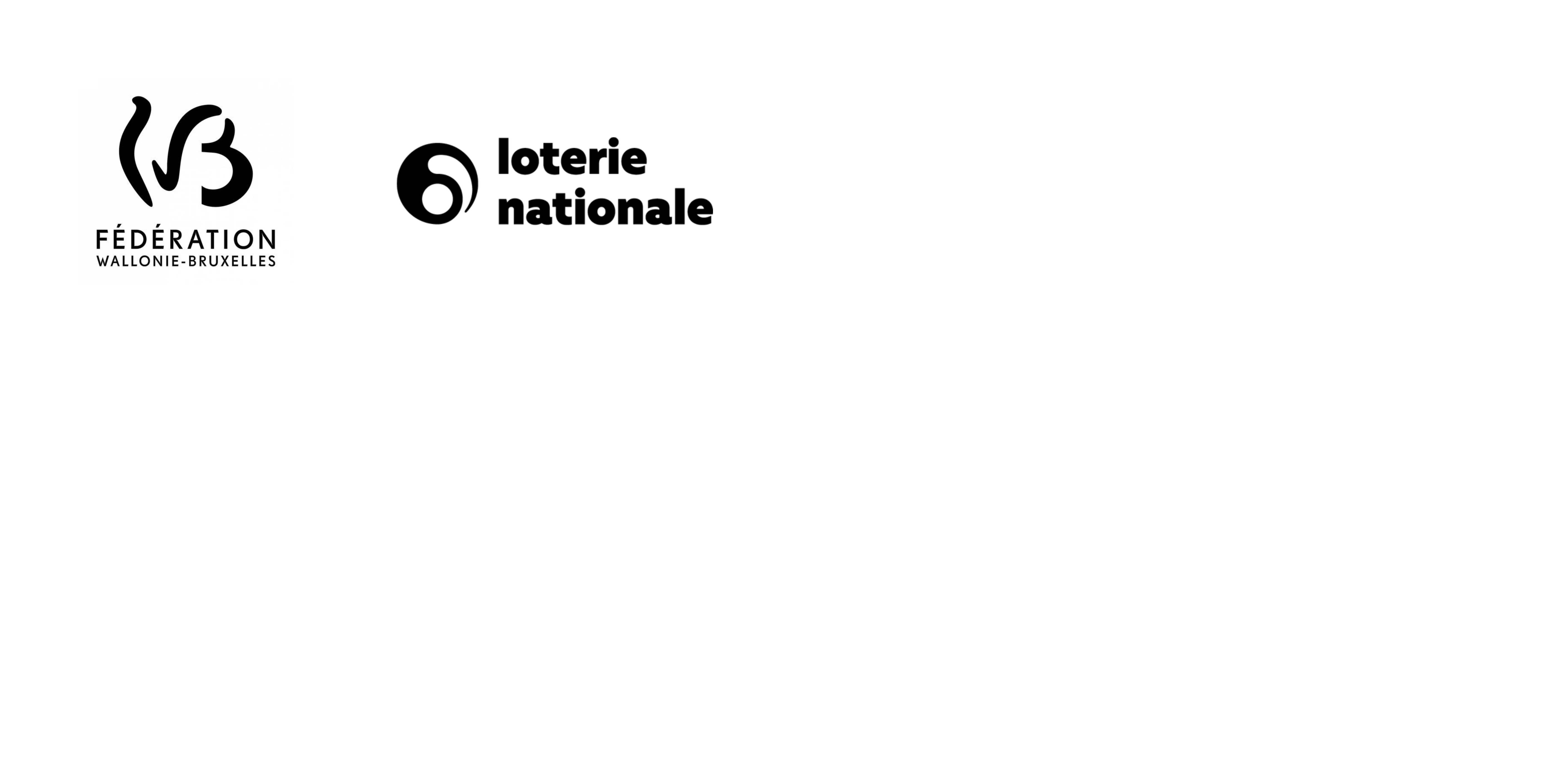









(c) Silvia Cappellari
︎ TEXT
Le Fou Sauvage is an aesthetic experiment that looks beyond time, to a desperate path towards cosmic re-appeasement.
While probing the causes of what went wrong in our relationship with nature, we can end up in the strangest places. Take this 1507 xylography by Dürer as a starting point for a short but dense research. A typically medieval image created with a typically modern technique: the print shows a Fool with a donkey-eared cap and a cockscomb, riding a giant shrimp while conversing with a bird.
Forever present in our imagination is the Fool, or Jester, who still retains many turbid and dark characteristics. Its origin is not clear, it is probably the result of an anthropomorphization process resulting in the creation of this archaic mythical entity halfway between the human and the non-human. Hybrid figures alluding to the idea of diversity, who do not act according to human rationality, and who are able to understand “the language of Nature”.
Goblins and Wild Men are the folkloric types most familiar to us in this sense, but we can identify in Pan one of the original forms at the head of this symbolic universe.
The personification of nature in a single organism (Pan = whole) has never sat well with Christianity. For many centuries, an effort has been made to exclude every aspect of the pagan tradition from the collective imagination and sacral sphere. A capillary project of profanation and reinterpretation of archaic traditions has been implemented, translating it to understandable levels for the new dominant religion.
The work of cultural framing struggled to channel the rooted symbolic energies linked to Nature. The Fool and other carnival declensions are among the examples of the partial success of this translation. On the other hand, the demonization of ancient cults resulted in the construction of the satanic image, which was aided by moral constraints and panic impulses by the collective psyche. When the human loses his personal connection with personified nature, the image of Pan (the goat-god), the Devil, all the hybrid and sylvan divinities lead to confusion. From this moment sin is no longer incarnated in something human, but in something else that resembles, acts and thinks like an animal, a beast.
It is interesting to see how, in more recent times, the unconscious dialogue between mass popular culture and pagan reminiscences has found an outlet in a new figure very similar to the medieval fool. A small detail appears on the forehead of the Harlequin: a sketched goat’s horn. This single visual trace, together with the etymology of its name, suggests the origins of this seventeenth-century Italian mask, in whose essence they convey elements of the Wild Man, the King of the Underworld and the Fool. It is known that Harlequin descends from Hellequin. In ancient legends dating back to the 11th century, he was a horned demon at the head of a wild mob of devils and beasts.
Both carnival masks and ritual masks associated with rural societies are generally horrid. Often they evoke animal or demonic forms, so much so that they are almost a figurative materialization of “low instincts” which are finally allowed to externalize. As a double sign, ecclesiastical culture has interpreted the mask as dangerous and deceptive, contrary to its theological truth that sees the man born “as an image of God”. Despite the aversions, the reversing and transforming power of the mask, it has been activated within religious and propitiatory festivals for many centuries. Polymorphic signs of ancestral cults survive in a marginal way throughout Europe. Commonly, each regional example tends to sublimate the possibility of real conjunction between culture and Nature.
For seventeen centuries we have witnessed a systematic process of demonization against the spirituality of nature and instinct. Basing its principles also on these prejudices, the prevailing Western culture has tragically tried to impose these views on the rest of the world. It is interesting to see how, from our point of view, the figure of the “Fou Sauvage” is what is considered an archetype in many cultures (an emblematic example is the Trickster, the complex constituent deity in the native North American beliefs).
The Fool and its declinations were like a confused mirage, the blurred memory of an ancient and mysterious approach, the residue of a passionate but forgotten relationship buried in the unconscious. The values of tradition and folklore are now inefficient and overall expired in anachronism, but perhaps it is still possible to see in some psychological figures a guide to try to reunite with nature and the cosmos.
Today, when humanity is called to the epochal challenge on ecology, all the energies seem to be focused on technology. It is natural to ask whether it is possible to win this vital battle without a re-foundation of the spirit and culture.
The Fool becomes a game, an image capable of returning with new meanings. An ambiguous aesthetic figure, generally filthy and silly, in bad taste. For this sake, or perhaps not, it is an attractive image that recurs cyclically in art. So Le FOU SAUVAGE proposes to ride the giant shrimp, to travel up the current of time and finally be able to escape its clutches, shake the metaphorical charge and wait for the answer, or the oracle, or just a joke.
Text by Jacopo Pagin
Angelique Aubrit
Antonia Phoebe Brown
Mirko Canesi
Tom Hallet
Kamilė Krasauskaitė
Giulia Messina
Juan Pablo Plazas
touche-touche
Manon Wertenbroek
︎ Open on Sat. & Sun. 14:00-18:00 and by appointment at info@sb34.org
With the support of Fédération Wallonie-Bruxelles


